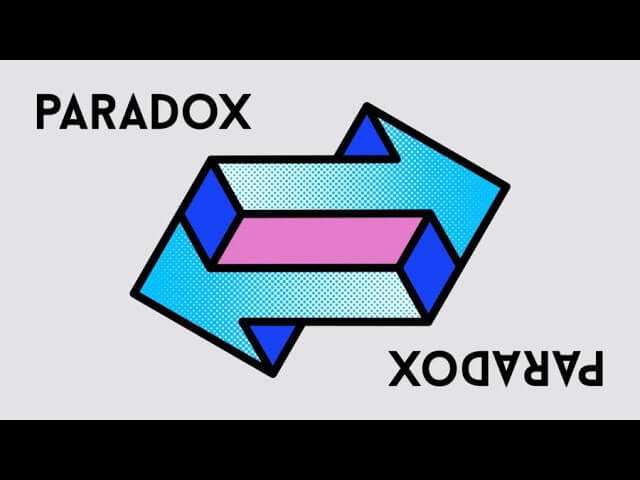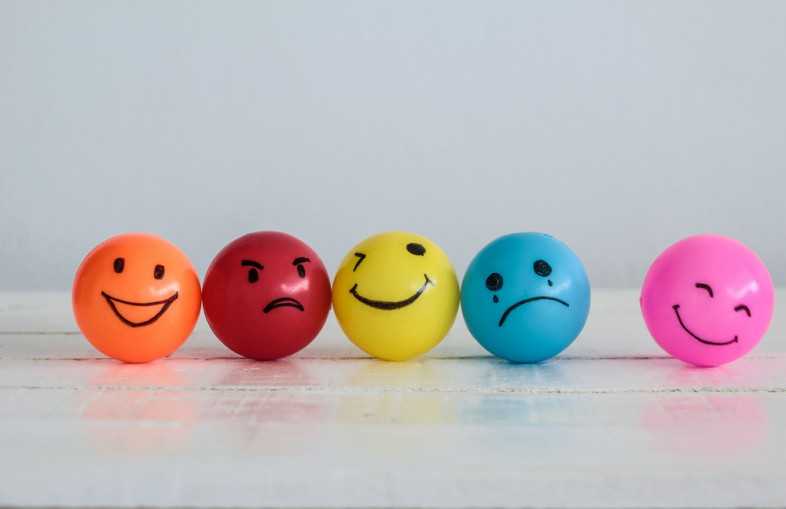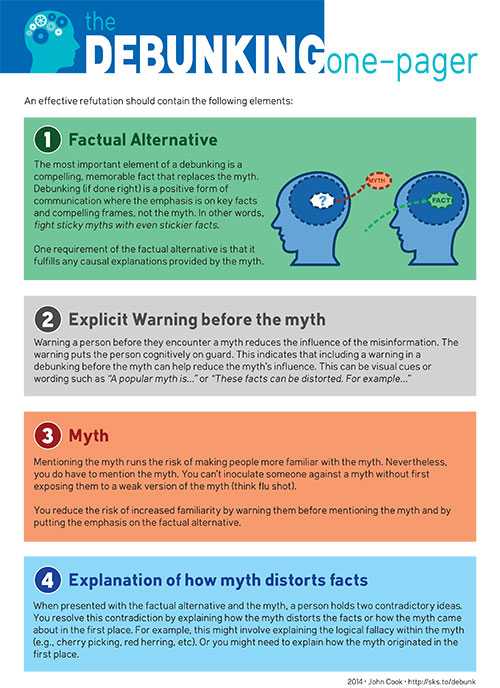Table of Contents
- The Paradox of Value in Modern Art
- Exploring the Emotional Impact of Abstract Expressionism
- Debunking the Notion of Craftsmanship in Contemporary Pieces
- Understanding Criticism: Is Modern Art Merely Provocative?
- Recommendations for Engaging with Modern Art Meaningfully
- Q&A
- In Conclusion


The Paradox of Value in Modern Art
Modern art often confronts the viewer with a compelling contradiction—the value assigned to an artwork does not necessarily correlate with the materials or techniques used in its creation. While traditional art forms may evoke admiration based on skillful painting or sculpting, contemporary pieces can sometimes consist of what appears to be mere chaos. This phenomenon raises questions about the very nature of art and the criteria by which we judge its worth. What signifies the transition from a simple expression to a masterpiece? The answer varies from person to person, challenging the boundaries of artistic appreciation.
Furthermore, the perception of value in modern art can be amplified by external factors such as celebrity endorsements, auction house prices, and institutional backing. Take, for instance, the phenomenon of installations that include everyday objects. These endeavors often lead to a discourse on whether the object’s significance lies in its familiarity or the context in which it is presented. This brings to light the idea that some pieces may be deemed valuable not because of their inherent qualities, but due to their ability to provoke thought, disrupt norms, or challenge the viewer’s expectations.
Consider the following comparison of different art pieces and their perceived values:
| Artwork Type | Estimated Value | Materials Used | Viewer Response |
|---|---|---|---|
| Abstract Sculpture | $10 million | Metal and Glass | Admired for creativity |
| Minimalist Installation | $5 million | Light and Space | Provokes confusion |
| Street Art | $500,000 | Spray Paint | Considered vandalism |
This example illustrates the disconnect between the physical materials and the value attributed to different forms of contemporary art. Ultimately, the ongoing debate surrounding modern art seems to juxtapose traditional artistic values with new paradigms of expression, compelling us to reassess our preconceived notions of what art should be and what it can represent in our ever-evolving cultural landscape.


Exploring the Emotional Impact of Abstract Expressionism
The vibrant strokes and chaotic forms that define this art movement transcend mere aesthetics; they serve as conduits for deep emotional expression. Artists like Jackson Pollock and Mark Rothko used color, texture, and gesture to convey complex feelings that often challenge the viewer’s perception of reality. This form of art is less about the object itself and more about the emotional landscape it evokes, leading many to grapple with intense internal reactions as they engage with the work. For some, it elicits feelings of joy and freedom, while for others, it may provoke anxiety or confusion.
In deciphering the feelings that arise from engaging with this style, consider how these artworks strip away traditional forms to present a raw and visceral emotional experience. Through the use of color, texture, and spontaneity, the artists invite viewers to participate in the emotional journey. Key elements that contribute to these reactions include:
- Color choice: Bold primary colors can evoke happiness and excitement, while darker shades may conjure feelings of despair or introspection.
- Composition: The arrangement of elements within the canvas can create a sense of harmony or chaos, reflecting the artist’s mental state and influencing the viewer’s interpretation.
- Movement: The dynamic application of paint, whether dripping or splattering, engages the viewer’s visual senses and emotional responses.
This exploration of emotional impact is not just limited to the visual arts; it resonates with broader cultural conversations. Artists of the Abstract Expressionism movement often grappled with existential themes, drawing viewers into their unique perspectives on the human condition. To illustrate this further, the following table summarizes key artists and their associated emotional themes:
| Artist | Emotional Theme |
|---|---|
| Jackson Pollock | Chaos vs. Control |
| Mark Rothko | Spirituality and Isolation |
| Willem de Kooning | Feminine Identity |


Debunking the Notion of Craftsmanship in Contemporary Pieces
The debate surrounding contemporary art often hinges on the term “craftsmanship,” with many critics arguing that modern pieces lack the traditional skills and techniques historically associated with artistic creation. However, it’s crucial to understand that craftsmanship evolves alongside cultural shifts and technological advancements. The emphasis is no longer solely on technical proficiency but rather on the ability to provoke thought and convey meaning. Many contemporary artists intentionally break away from traditional methods to challenge perceptions and invite audiences into more profound dialogues.
Moreover, the notion of craftsmanship in contemporary art can be viewed through various lenses beyond the purely technical. For example, conceptual art places significant value on the ideas behind the work, often prioritizing the message over the medium itself. This can lead to the following characteristics:
- Interactivity: Encouraging viewer participation fosters engagement.
- Mixed Media: Blurring the lines between different forms of expression.
- Performance: Art that exists in time, emphasizing experience over permanence.
Interestingly, the rise of digital technology has birthed new methods of creation that redefine craftsmanship. Pixels and code can be as legitimate a medium as paint and canvas, expanding the notion of what can be considered art. Here’s a brief overview of how these elements transform our understanding:
| Medium | Craftsmanship Aspect | Example |
|---|---|---|
| Digital Art | Precision with software | AI-generated images |
| Installation Art | Spatial awareness and environmental design | Immersive installations |
| Street Art | Public interaction and social commentary | Mural projects |
Ultimately, dismissing contemporary artworks as mere frivolities overlooks the complexities and rich narratives they can offer. True craftsmanship may no longer fit neatly within the confines of traditional definitions, but that does not undermine the value of modern artistic expressions. Engaging with contemporary pieces can reveal layers of insight, craftsmanship, and cultural relevance that challenge observers to reconsider their definitions of art. The evolution of craftsmanship is, in many ways, an ongoing conversation within the art community, reflecting societal values and sentiments in an ever-changing world.
Understanding Criticism: Is Modern Art Merely Provocative?
In the contemporary art world, the relationship between criticism and value is a complex web of emotions, beliefs, and societal norms. While some view modern art as an undeniable breakthrough in creative expression, others dismiss it as simply the product of shock value. This perspective posits that many modern pieces prioritize provocation over genuine craftsmanship or meaning. A common argument among skeptics is that some artists prioritize their ability to stir controversy rather than evoke thought-provoking dialogue or beauty.
The question of whether modern art lacks substance can often lead to a deeper exploration of what we define as art itself. Critics frequently point out that traditional standards of craftsmanship and skill have been replaced with a focus on conceptual ideas. Within this context, one may consider the following aspects that critics often highlight:
- Interpretation: Does the meaning of the piece come from the viewer’s perspective or the artist’s intent?
- Technical Skill: Are the techniques used by the artist as important as the message conveyed?
- Market Influence: Does the commercialization of art dilute its authenticity and value?
Interestingly, this conversation often leads to a broader societal reflection: what do we value in art? An analysis of art movements shows that modern art, while often criticized, has generated a significant culture of discourse. For example, the rise of conceptual art, which challenges traditional aesthetics, has forced audiences to rethink their preconceived notions about art. To further illustrate this evolution, consider the following comparison of art values across eras:
| Art Movement | Key Characteristics | Public Reception |
|---|---|---|
| Impressionism | Focus on light and color, subjective experience | Initially controversial, now celebrated |
| Dadaism | Anti-art, absurdity, and anti-establishment sentiment | Mixed reviews, often misunderstood |
| Modernism | Emphasis on innovation and self-reflection | Some welcomed, others resisted its complexities |


Recommendations for Engaging with Modern Art Meaningfully
Engaging with contemporary art can often feel overwhelming, but there are effective ways to deepen your appreciation. Start by understanding the context in which a piece was created. Research the artist’s background, inspirations, and the historical moment they were addressing. A piece that may initially seem meaningless can reveal layers of significance when you consider the societal or personal factors that influenced its creation.
Another invaluable approach is to actively participate in discussions. Whether it’s attending gallery talks, joining online forums, or visiting exhibitions with friends or family, sharing perspectives can enhance your experience. Conversations can draw out contrasting opinions and interpretations, opening your mind to different viewpoints. Consider exploring the following aspects during discussions:
- The emotional response: How does the artwork make you feel?
- Technique and medium: What methods did the artist use, and how do they contribute to the overall effect?
- Message and themes: What are the underlying messages? Do they challenge societal norms?
Lastly, consider interacting with the artwork directly. Instead of just observing, allow yourself to move through the space, examine details up close, and contemplate your first impressions without rushing to judgement. Create a personal connection by jotting down your thoughts or making sketches inspired by what you see. This intimate engagement can transform your experience, making even the most challenging pieces resonate on a personal level.
